|
When performed properly, pruning maintains the health and beauty of a tree. It is a blend of science and art. If done hastily and improperly, it can cause irreversible damage and introduce diseases and pests. Every pruning cut is a wound, and done correctly allows the tree to heal itself. There are common mistakes to avoid when pruning trees and shrubs:
Pruning Without Purpose Knowing what you are trying to achieve determines the tools you will use and the cuts you will make. Why prune plants? Some reasons include:
Poor Cuts
Pruning At The Wrong Time Timing depends on growing season, bloom times, and if the plant blooms on old or new wood. Cutting buds too early or late in the season results in lost blooms for the season. You must know the species, it’s condition, and the reasons you are pruning. As always, remove broken, dead, diseased, weak, or heavily shaded branches anytime. Diligent pruning will go a long way at preventing disease. You can do light pruning anytime. Remove unwanted growth when the plant is young to prevent large wounds. Training trees for future form is critical and should be done as early as possible. Pruning early and consistently means better health for the plant and the pocketbook. Dull and Dirty Tool Old, overused tools may be dull, which prolongs the healing process since branches are not cleanly cut. Besides, it makes your job more physically challenging. Sharpen your tools or look into investing in new ones. You wouldn’t want a doctor performing surgery with unsanitized surgical instruments, right? That analogy is not as crazy as you may think. After all, you are performing a kind of surgery on a living thing. If you are doing it without cleaning your tools, you may transfer soil-borne diseases.. Visit our blog, Ready, Set Grow to learn about building your own DIY cleaning station. Over Pruning Never remove more than 25% from a mature tree crown or ⅓ of a shrub. Although over pruned trees and shrubs don't usually die if some part of the canopy remains, the damage from over pruning can be extensive. Over pruning reduces the foliage that's available for making food for the rest of the plant. While some gardeners consider pruning a relaxing, nurturing ritual, proper techniques are absolutely necessary to maintain the health of our beloved shrubs and trees. The guidelines are pretty simple. If you are new to pruning, it might be helpful to watch a few videos before you head outdoors to start snipping. But once you get the hang of it, and you consistently use sharp, clean tools, you’ll be well on your way to a nicely-shaped landscape. For more information on pruning, visit these links.
0 Comments
Your comment will be posted after it is approved.
Leave a Reply. |
Thank you for finding us! Holly and I have collaborated to bring you informative, fun, and seasonal garden inspiration blogs.
Subscribe to receive our blogs on the 1st and 15th of the month--Gwen Follow my landscape & garden design Pinterest Page to see more pics, inspiration and Gwen's home garden journey!
AuthorsGwen Wisniewski: Landscape and Garden Designer. Contact me. Let me help you integrate these garden inspirations. Choose the links below to find out more about my landscape design service or to make an appointment. |
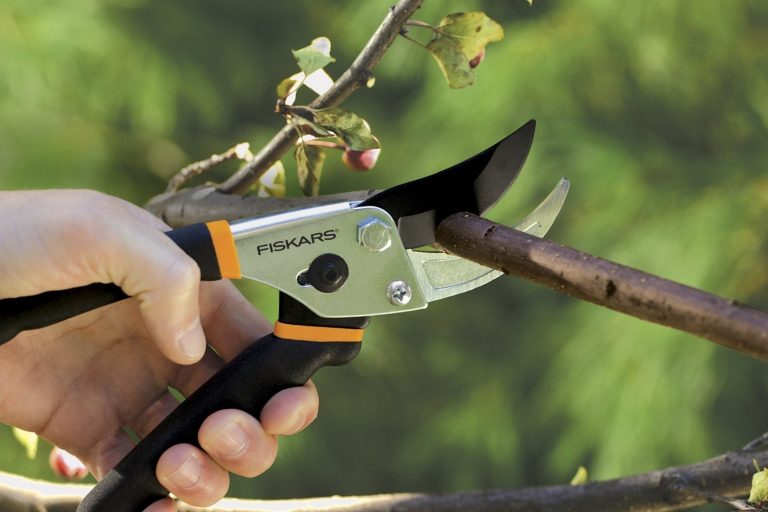
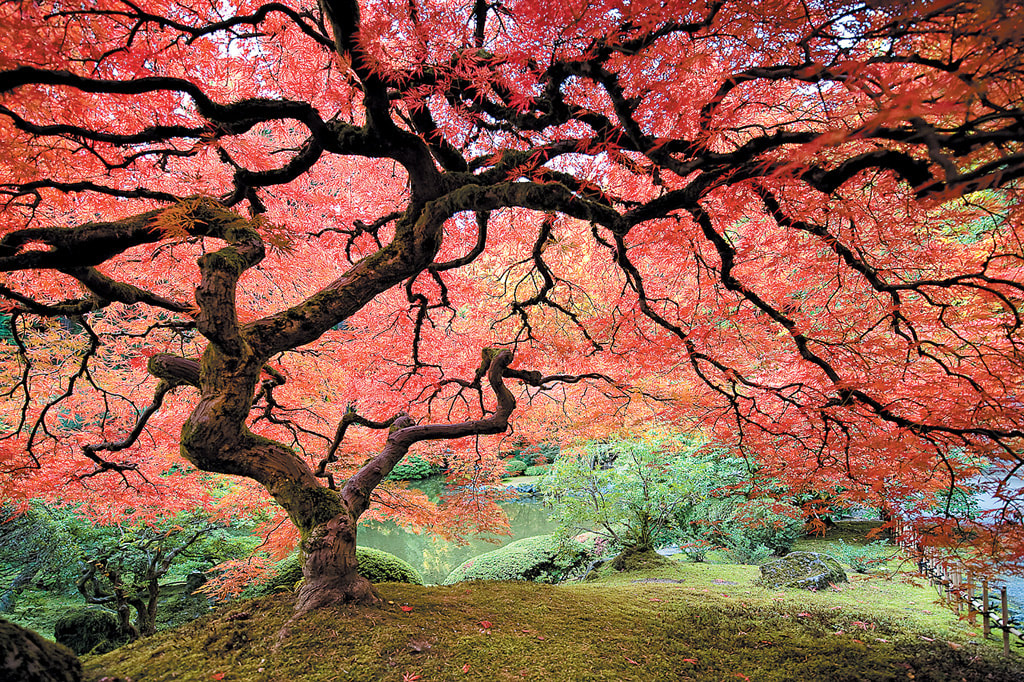
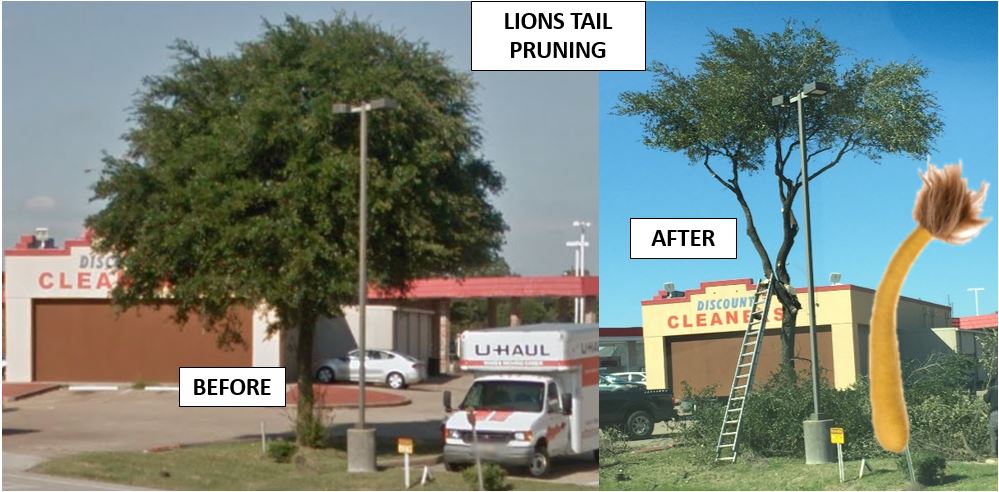
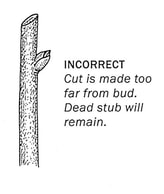
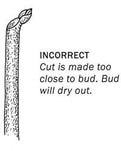
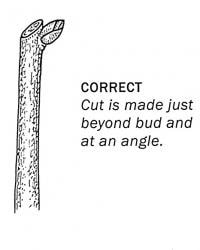
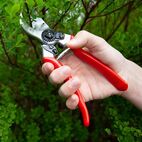

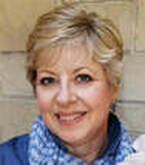
 RSS Feed
RSS Feed